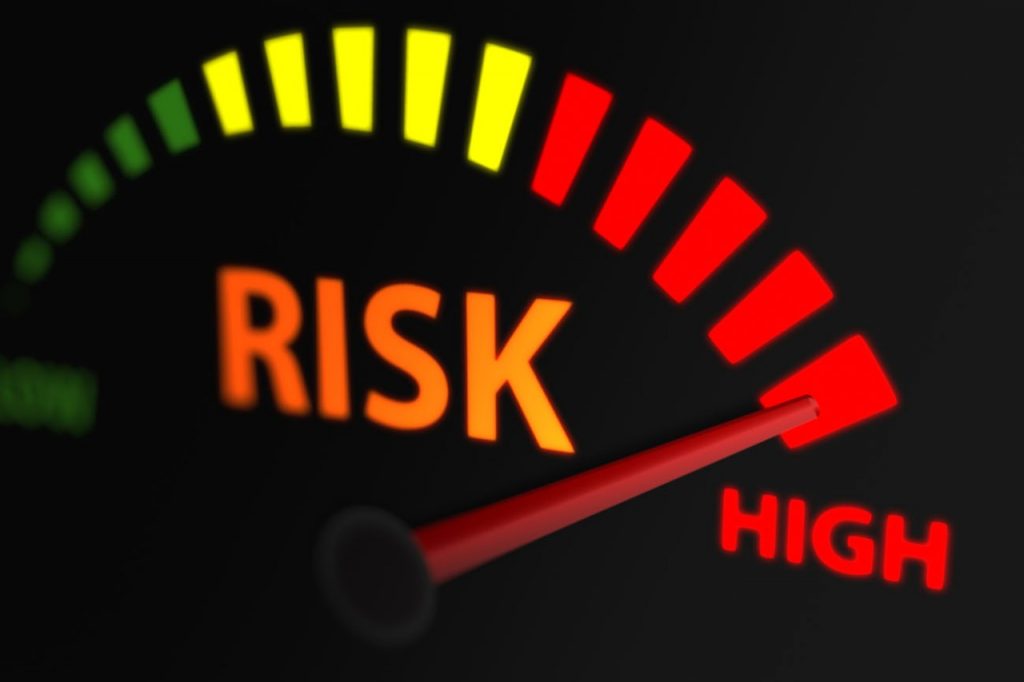
While capital is an essential factor for these enterprises, they often operate on thin profit margins, consequences of poor credit risk management being severe due to challenges with limited financial resources, vulnerability to market fluctuations, and a higher dependence on specific clients or industries.
In India’s dynamic economic landscape, MSMEs play a vital role in the growth of our country. Contributing 33% to economic growth in FY22, the segment generated 360.41 lakh employment out of 11.10 crore jobs. However, MSMEs face considerable challenges, and one of the critical aspects they grapple with is credit risk.
Even with the RBI updating Priority Sector Lending (PSL) guidelines in 2020 to increase credit accessibility, especially for credit-deficient areas like MSMEs, the sector still confronted a substantial credit gap of Rs. 20-25 lakh crore by mid-2021.
Perception of MSMEs as High-Risk Borrowers
MSMEs are frequently perceived as high-risk borrowers by financial institutions, as noted by the 2019 Expert Committee on Micro, Small, and Medium Enterprises. Information asymmetry poses a major hurdle in lender-MSME relationships. Many Indian MSMEs lack significant physical assets and comprehensive financial records, making it challenging for lenders to assess their finances. The absence of credit history and limited monitoring further complicates evaluating creditworthiness. Traditional lenders, encountering a lack of credit history and collateral, commonly deny loan requests, exacerbating the credit gap.
Small businesses face difficulties in keeping proper financial records, making it more expensive for lenders to work with them, which makes lenders less interested in giving them loans. Also, because it’s hard for lenders to tell the difference between different small businesses and there’s a high risk that they might not get repaid on time, it further reduces trust in the sector.
Perspectives of Borrowers on the Credit Gap
From the borrowers’ side, various factors contribute to the credit gap. Few lenders are offering affordable loans to MSMEs in semi-urban and rural areas, creating an even larger credit gap. MSMEs in smaller cities and villages find it hard to grasp complicated borrowing processes, making them hesitant to apply for loans. The slow approval and disbursement processes of traditional financial institutions clash with the urgent need for working capital by MSMEs, discouraging potential borrowers.
Proactive Measures for Effective Credit Risk Management
Measures for effective credit risk management involve the implementation of robust assessment frameworks and leveraging advanced data analytics to anticipate and mitigate potential risks. These ensure a resilient financial landscape. Additionally, fostering financial literacy initiatives for businesses and individuals contributes to a more informed and responsible credit ecosystem.
Comprehensive Credit Assessment
Before lending money to a small business, it’s crucial to carefully check its financial health, repayment history, and future potential. Using advanced analytics and data-based methods helps get a complete picture of whether the business can repay the loan.
Diversification of Portfolio
Relying too much on a few small businesses or sectors when granting credit can increase the risk of financial loss for a lending company. A wise strategy to mitigate this risk is to spread credit across different industries and regions. This approach helps to minimize the impact if there are any economic challenges in one particular area or sector.
Early Detections
Regular borrower monitoring is vital for the early detection of credit issues. Employing early warning systems, that analyse financial and non-financial indicators, provides timely alerts for proactive risk mitigation.
The collections landscape has undergone significant changes due to technological advancements. These developments have provided financial institutions with advanced data analytics capabilities, enabling them to recognize patterns, predict customer behaviour, and prioritize accounts for recovery early on.
As the landscape of the industry continues to evolve, financial institutions that embrace innovative strategies early will be better positioned to navigate the complexities of credit risk management while achieving improved outcomes and maintaining strong customer relationships.
Customised Financial Solutions
In today’s digital world, technology has revolutionised credit risk management. Advanced technologies like artificial intelligence and machine learning have made it possible to improve the accuracy of credit assessments. These processes can analyse large amounts of data quickly, providing valuable insights that traditional methods may miss.
Providing tailored financial solutions that meet the unique needs of each MSME results in improved repayment rates and fosters long-term relationships.
Responsible Lending
Our country’s regulatory body has taken proactive measures to implement regulations that strengthen the credit ecosystem. As responsible lenders, we must comply with these guidelines and contribute to the overall stability of the financial sector. Striking a balance between financial inclusion and risk management is crucial to enhancing ethical lending practices and adhering to regulatory frameworks.
Navigating the complex landscape of credit risk management for MSMEs requires a collaborative effort. This can be achieved by combining advanced technology, comprehensive risk assessments, and adherence to regulatory guidelines. The aim is to foster a resilient credit ecosystem that supports the growth of MSMEs in India. It is important to remember that it is not just a financial transaction, but a partnership built on trust, understanding, and a shared commitment to economic progress. As we move forward, we need to work together to ensure that we create a credit ecosystem that is both fair and sustainable in the long term.
To effectively manage credit risk, it is essential to work collaboratively and incorporate technological advancements, regulatory compliance, and a strong dedication to responsible lending. By addressing the obstacles faced by MSMEs and closing the credit gap, we can enable these businesses to flourish and make a significant contribution to India’s economic growth.
https://www.financialexpress.com/business/sme/credit-risk-management-for-msmes-a-collaborative-approach-needed-to-navigate-complexity/3397338/


